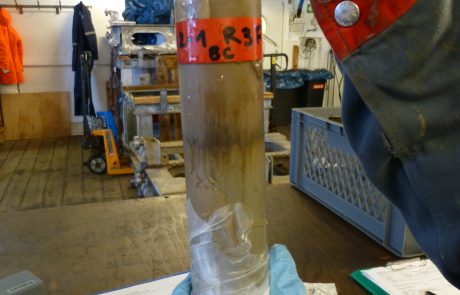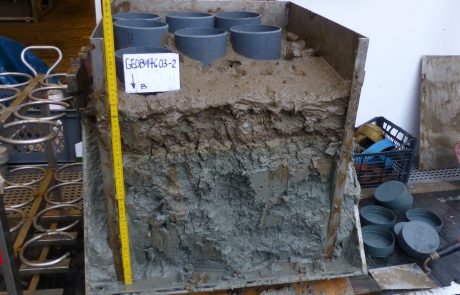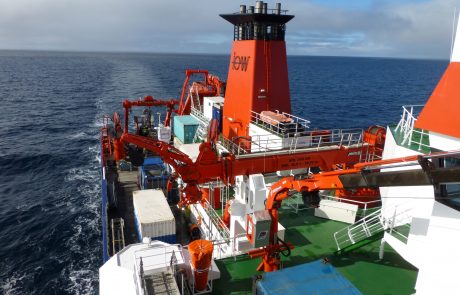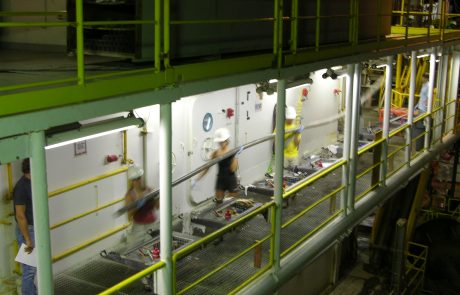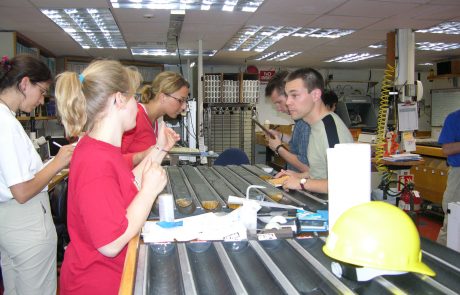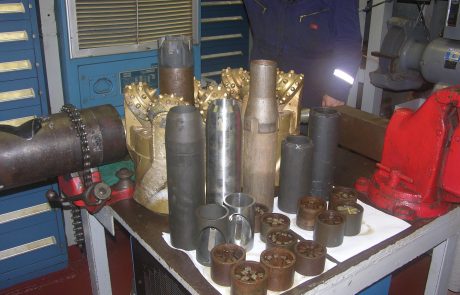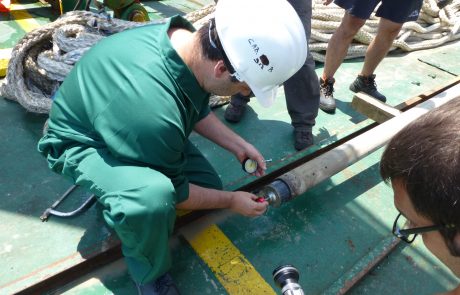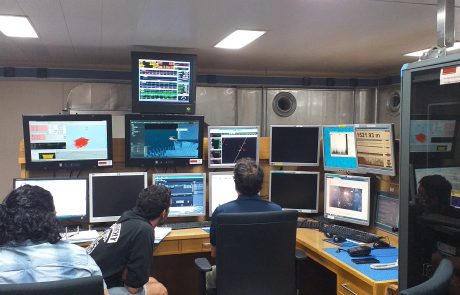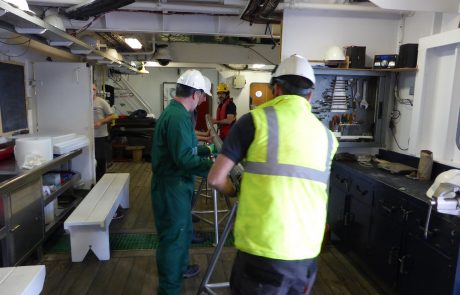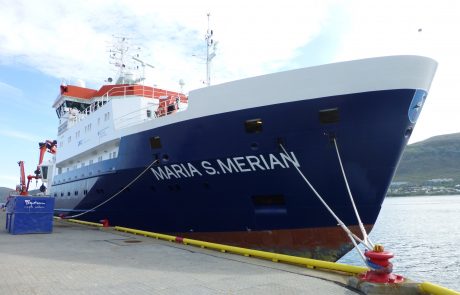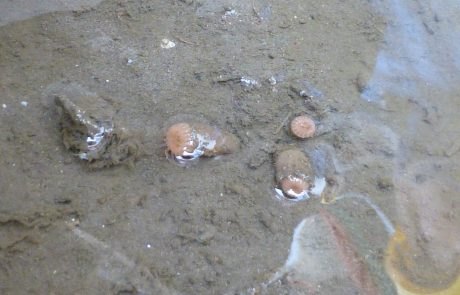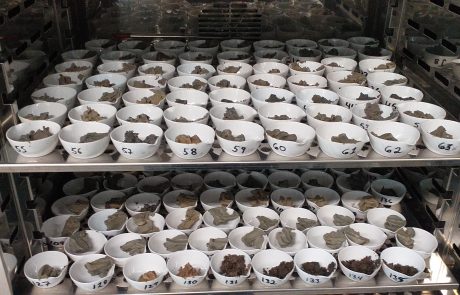Among the large CH4 carbon reservoirs that naturally interact with the ocean-atmosphere system and thus global climate, gas hydrates have special relevance.
Gas hydrate is an ice-like substance formed when water and low-molecular-weight gas such as CH4 combine in a clathrate structure. Methane hydrate is stable over a range of intermediate-pressure and low-temperature conditions found close to the seafloor in deep-water sediments (> 300 m depth in cold high-latitude waters) of the continental slope. These stability conditions and the global distribution of gas hydrate make it susceptible to the key perturbations associated with global warming, namely relative changes in sea level (pressure) and increases in ocean temperature. This has originated a long-standing debate regarding the relationship between gas hydrates, climate change and the occurrence of submarine landslides. Influence of gas hydrate on slope instability significantly depends on the timescale of pore pressure build-up by hydrate dissociation and its dissipation. The latter is largely dependent on sediment permeability. As uncertainty in permeability of the sediments at depth is often present, it is not yet clear whether excess pore pressures will build-up to the point of influencing slope instability.
Our objectives are to
- understand the mechanisms by which submarine landslides are initiated, and whether they occur rather random in time or clustered at certain time intervals that can be correlated with potential periods of hydrate dissociation. To this end, we collaborate with the IODP program KIGAM 885-Full2 Proposal in the Ulleung basin (Japan Sea).
- assess the role of gas hydrates in submarine landslide initiation. We carry out this research in a region where stress changes on the seafloor are significant and relatively recent, in the Antarctic Peninsula continental margin.
Collaborations
Collaborations have been established with institutions in North America, Europe and Asia. Many of these arise from the UNESCO IGCP networking initiatives such as project S4SLIDE. In Europe close ties exist with MARUM (A. Kopf, K. Huhn), IFREMER (N. Sultan, A. Cattaneo), OGS (M. Rebesco, A. Camerlenghi, U. Tinivella), NGI (M. Vanneste, C.F. Forsberg), UPC (M. Arroyo) and University of Innsbruck (M. Strasser) that have led to the development of the SLATE ITN project and has translated into multiple joint research publications on the topic of submarine landslides. In the Antarctic Peninsula margin there is an ongoing collaboration with IGME (R. Leon), WHOI (R. Evans, E. Attias), NGI (H. Marín-Moreno), GEUS (L.F. Pérez) and OGS (M. Rebesco, M. Giustiniani, U. Tinivella) to understand the role of dissociating gas hydrates in controlling submarine landslides.

